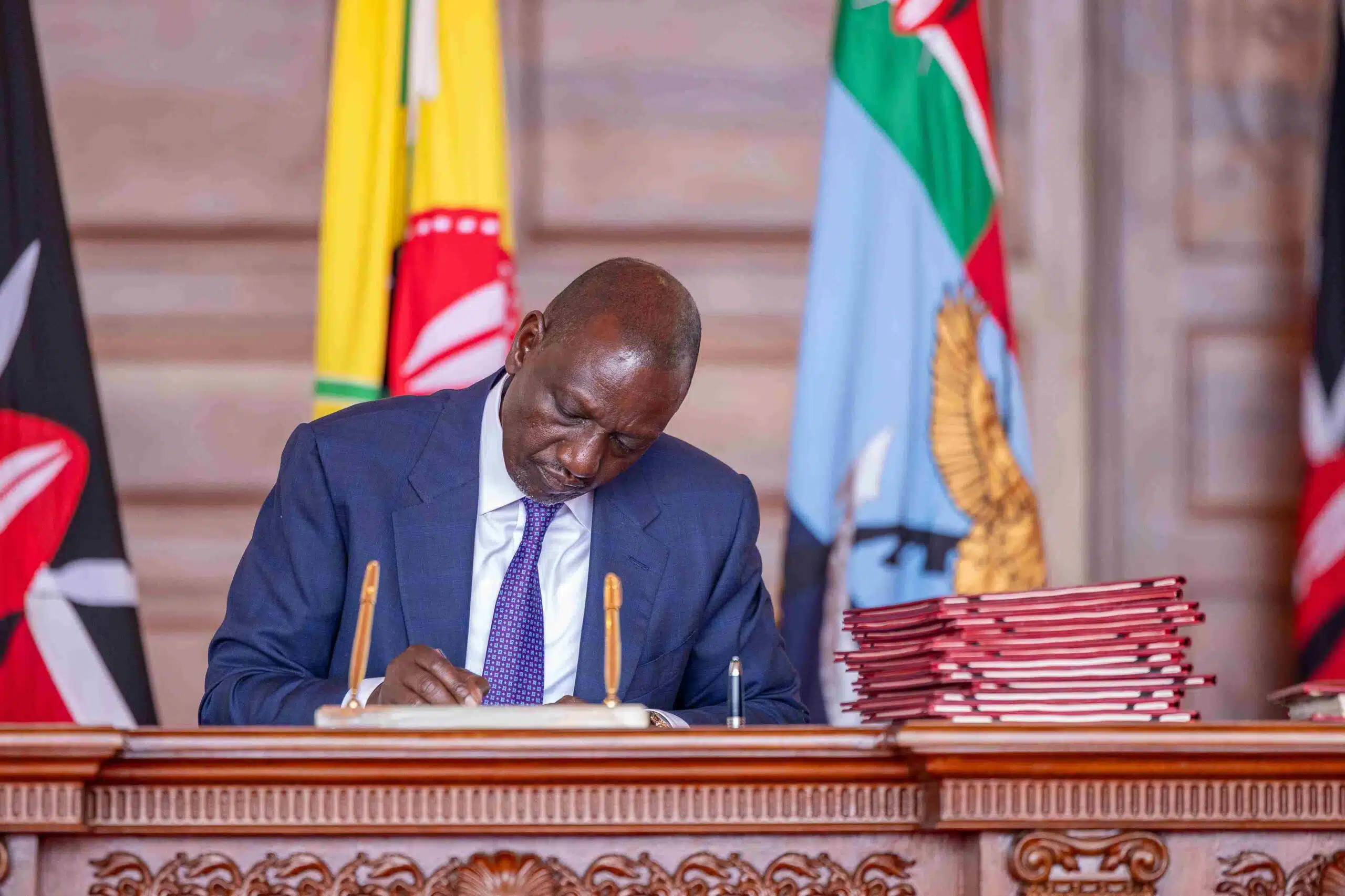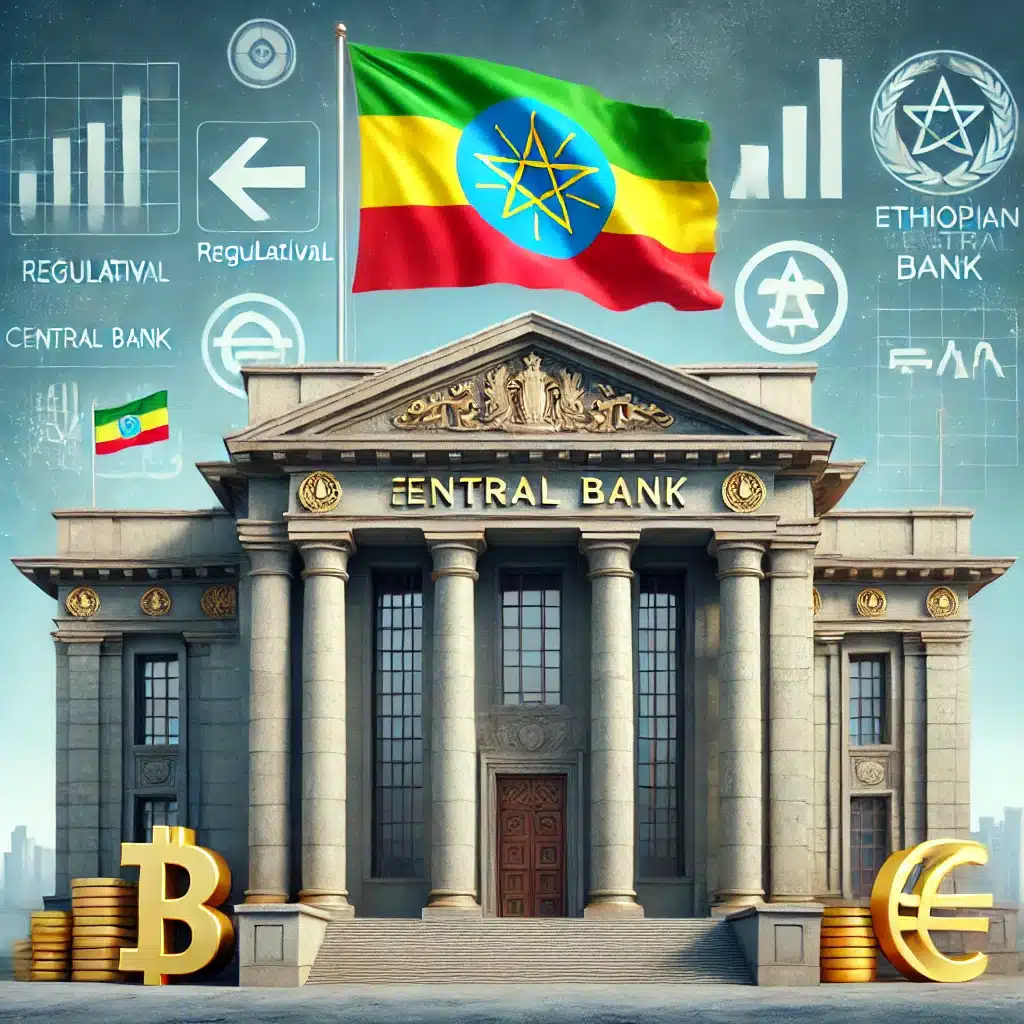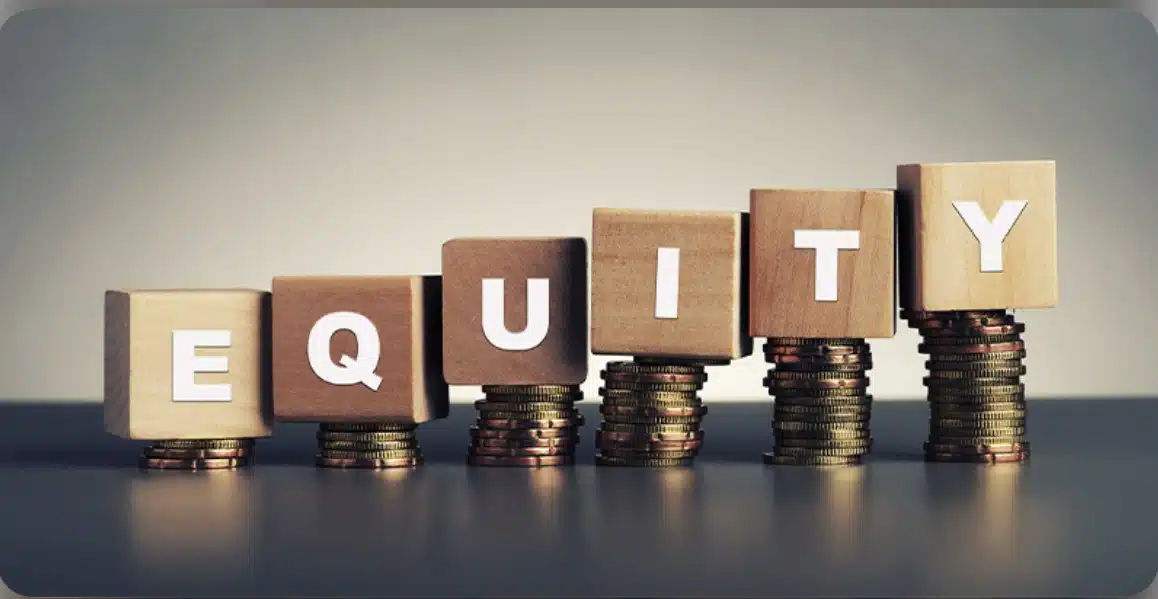The Bank of Botswana has announced that it is retaining its current interest rate of 1.9% for the second monetary policy meeting in a row. The apex bank pointed out the country’s stable inflation rate of 2.8%, below the projected 3-6% range as the lead reason for its decision.
Making this announcement at a news conference on Thursday, Governor Cornelius Dekop further predicted that the inflation rate will remain below the range for the rest of the year.
“Inflation is forecast to remain within the objective range in the medium term, similarly … businesses expect inflation to be within the medium-term objective range, suggesting that inflation expectations are well-anchored,” the governor projected.Continuing, he noted.
“The economy is expected to operate below full capacity in the short term, even with a 3.3% growth (in 2025), and will recover only marginally in the medium term. This should not generate demand-driven inflationary pressures,” he continued.
The bank, in its Monetary Policy Statement Report 2025, noted that the slowed inflation rate experienced since 2024 has been a result of reduction in domestic fuel and food prices, subdued domestic and global economic activities, lower international commodity prices and a decline in trading partner countries’ inflation.
In its review of the banking sector and credit access, the bank reported a decrease in the annual growth of commercial banks in 2024 to 6.5% from 7.1% in 2023. This was a result of lower lending to both businesses and households.
However, lending to businesses, except government parastatals, increased to 13.9% in 2024 from 5.2% in 2023. This growth was anchored by an increase in lending to the mining and non-mining sectors of the economy.
Furthermore, the bank recorded low and stable credit default rates as the ratio of non-performing loans to total credit decreased slightly from 3.7% in December 2023 to 3.4% in December2024. These findings signal a stable banking and financial industry.
Botswana’s economy is largely dependent on its mining sector. The sector is expected to support the country’s GDP growth which is projected to grow by 3.3% after experiencing a contraction to 3.1% in 2024 as a result of lowered export of diamonds in the preceding year.
Also projected to support the economy are the non-mining sectors of electricity and water supply and diamond trading. The bank is hopeful that the stable rate will enable commercial banks to support sectors by way of lowered interest rates on loans, which will translate to high economic activities.






